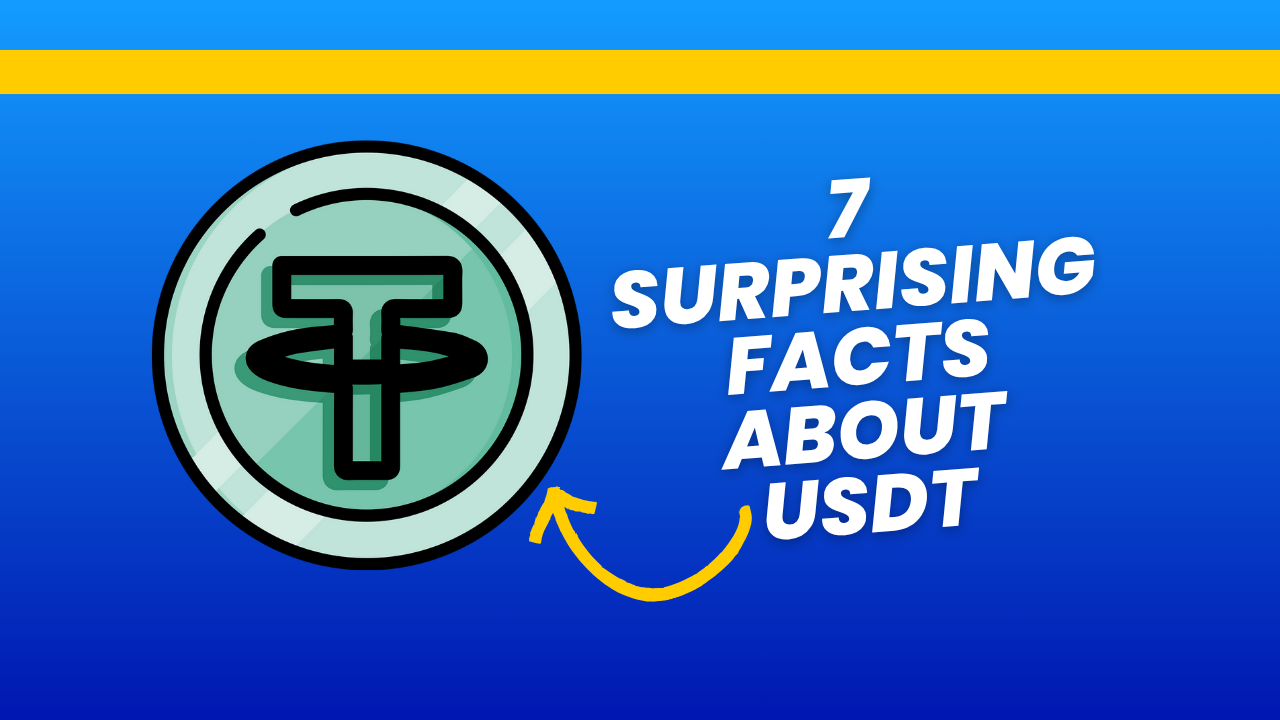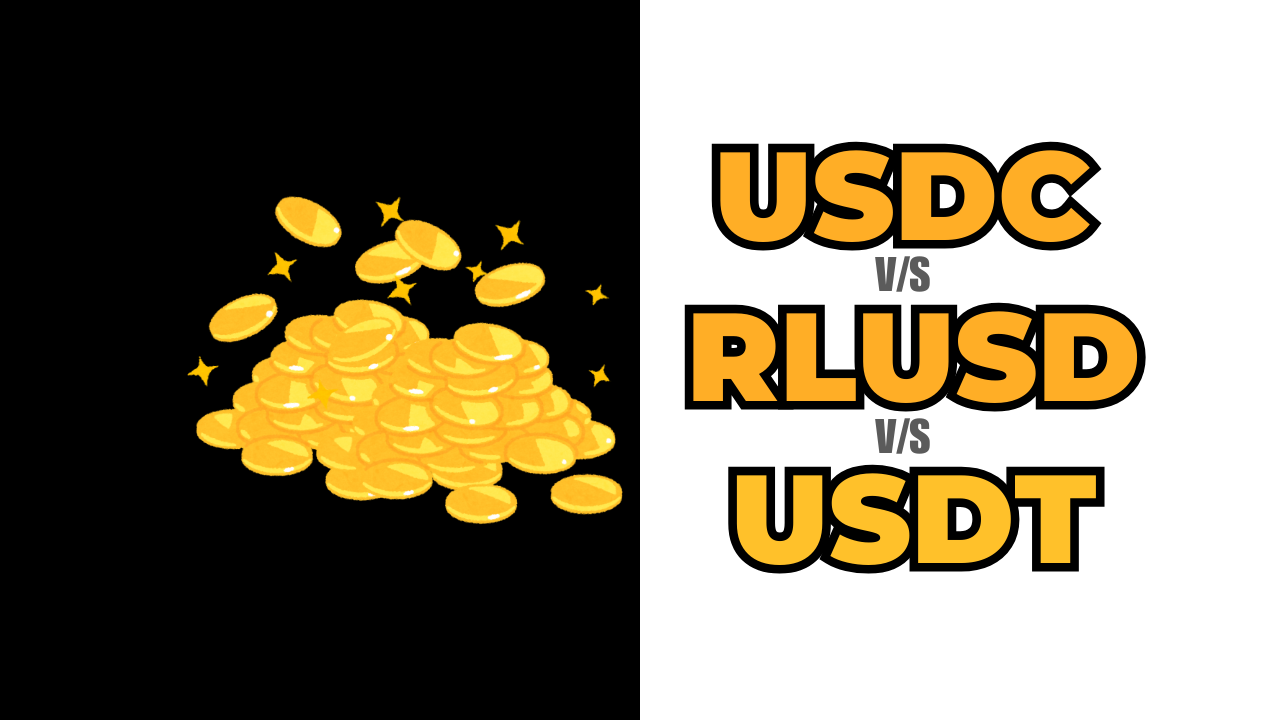A few weeks back, Tether (USDT) kept showing up on my feed.
I used to think of it as just another stablecoin. Kind of boring. Just sits there at $1, right? But the more I scrolled, the weirder and more interesting things got.
| Name | Tether (USDT) |
| Type | Stablecoin, pegged 1:1 to the U.S. dollar (~$0.99–$1.01 during volatility) |
| Launch Date | July 2014 (originally launched as Realcoin) |
| Issuer | Tether Limited, a subsidiary of iFinex Inc. (based in Hong Kong) |
| Market Cap | ~$152.78 billion |
| Circulating Supply | ~152.73 billion USDT |
| Maximum Supply | No fixed cap; minted/burned based on demand and reserves |
| Reserve Backing | ~84% U.S. Treasury bills, ~16% in cash, secured loans, and other investments (Q1 2025 attestation: $120B reserves vs. $118B USDT in circulation) |
| Blockchains Supported | Ethereum, Tron, Solana, Polygon, Avalanche, Arbitrum, Optimism, Omni, and more |
So I grabbed a coffee, opened way too many tabs (again), and went down the rabbit hole.
And wow — what I found actually blew my mind.
Here are the 7 things you need to know about Tether – especially with how wild things are getting in May 2025.
1. Tether Doesn’t Move Much — And That’s the Point
Tether (USDT) isn’t trying to hit $100K like Bitcoin. It’s a stablecoin, built to stay around $1 USD.
Most of the time, it does that job really well.
It wobbles between $0.99 to $1.01 in high-volatility moments, but for the most part, it stays still.
That’s why traders use it — it’s like putting your money in park while the rest of the market goes nuts.
And with the U.S. economy getting shakier in 2025, stablecoins like Tether are becoming even more important.
2. It’s the Most Traded Crypto in the World — Even More Than Bitcoin
No joke — Tether sees more trading volume than any other crypto.
On busy days, $90 to $100 billion worth of USDT changes hands, according to CoinGecko. That’s more than Bitcoin and Ethereum combined.
Why? Because Tether is the default pair on almost every crypto exchange.
If you’re buying or selling tokens on Binance, OKX, or Bitfinex, chances are you’re using USDT in between.
3. Tether’s Market Cap Just Crossed $150 Billion — And That’s a Huge Deal
This one is breaking news.
As of May 27, 2025, Tether now has a market cap over $150 billion and holds 61% of the entire stablecoin market, according to CoinMarketCap. That’s massive.
The buzz on X right now is crazy-
A $1 billion USDT mint just happened on the Tron blockchain.
People are speculating that Tether is “buying the dip” or prepping for a major market pump.
There are even rumors (not confirmed yet) that Tether might integrate with Bitcoin’s Lightning Network — which could make sending USDT almost instant and dirt cheap.
And here’s the kicker-
People are claiming Tether has now processed more transactions than Visa, and holds more U.S. Treasury bills than Germany.
That second one isn’t confirmed officially, but the idea alone is wild.
4. It Claims to Be Backed 1:1 — And It’s Showing Receipts (Kind Of)
Tether says that every USDT is backed by real-world assets — mostly U.S. Treasury Bills, plus some cash and other stuff.
In the past, this wasn’t exactly true.
In 2021, regulators found that a chunk of their reserves were in riskier assets like commercial paper. It caused a lot of backlash.
But in 2025, things are different.
According to their Q1 2025 attestation, Tether holds $120 billion in total reserves, with 84% of that in ultra-safe U.S. Treasury bills.
They’re definitely trying to be more transparent now — but the crypto crowd on X still watches their every move with a magnifying glass.
5. It’s Centralized — And That’s a Red Flag for Some
Tether is run by a private company called Tether Limited, which is part of iFinex Inc. based in Hong Kong.
They also run Bitfinex, a major crypto exchange.
So yeah, one company controls the most-used stablecoin in the world.
That goes against the “decentralized” spirit of crypto, and it’s why some people constantly bring up transparency issues, power dynamics, and “what if” scenarios.
It doesn’t help that Tether’s legal drama isn’t ancient history.
6. Yep, Tether’s Been Fined Before
Back in 2021, the New York Attorney General’s office called out Tether for misleading the public about what backed USDT.
They paid an $18.5 million fine and agreed to publish regular reports. Since then, they’ve been releasing quarterly updates, and their numbers seem to add up — at least on paper.
Still, with new rules like the EU’s MiCA regulation tightening how stablecoins are allowed to operate, Tether is under constant pressure to stay compliant globally.
7. It’s Not Just a Crypto Tool – It’s a Real-World Lifeline
This was the part that changed how I saw Tether completely.
In countries like Argentina, Nigeria, Venezuela, and Turkey, where inflation eats up savings like wildfire, people are using Tether as digital dollars.
No banks. No waiting. No crazy fees.
Just USDT sent from one wallet to another.
And it’s not just anecdotes – a 2024 Chainalysis report said Tether powers 70% of all stablecoin activity in emerging markets. That’s not a niche use case. That’s real impact.
Also Read – Why I Think America’s Debt Crisis is Driving People into Crypto in 2025?
Final Thoughts
Before I looked into Tether, I thought it was just a “parking coin” – useful but boring.
Now? I see it as one of the most important players in crypto, even if it doesn’t grab headlines like Bitcoin.
It’s massive. It’s global. It’s useful. And it’s complicated.
Yes, there are legit concerns about transparency and centralization. But there’s also no denying how deeply Tether is woven into both the crypto world and real economies across the globe.
The information provided in this article is for informational and educational purposes only. It is not intended as financial, investment, or legal advice. The author is not a financial advisor, and the content reflects personal observations and research, not professional recommendations. Investing in cryptocurrencies, such as Bitcoin, Ethereum, or other digital assets, involves significant risks, including high volatility, potential loss of principal, and regulatory uncertainties. Readers should conduct their own research and consult with a qualified financial advisor before making any investment decisions.


